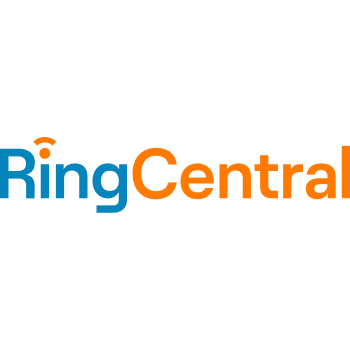With the transition to hybrid work, agencies have the opportunity to do something they couldn’t do in 2020 when shifting to remote work: Take the time to plan it out.
That’s not to take away from the remarkable achievements of 2020 at all levels of government. In a matter of weeks or even days, agencies were able to provide their employees with the tools needed to do their jobs and get operations and services back on track.
But with employees now returning to the office, agencies can take the lessons learned during the last two-plus years and craft a new vision for hybrid work, said Corona Ngatuvai at RingCentral, which provides cloud-based communication and collaboration tools.
Ngatuvai, who previously was an enterprise architect at the Utah Department of Technology Services, said agencies should focus on three main challenges.
Culture
With the abrupt move to remote work, agencies were focused first and foremost on the technical nuts and bolts of their operations and services. Concerns about organizational culture had to come after the fact.
That’s not the case with planning for hybrid work. They have more time to think about how to maintain or strengthen their culture when employees are working in various locations — and how to keep those employees engaged. And there’s no need to rush this.
“Transitioning into a hybrid workforce is something that needs to happen a little more slowly and more purposefully,” Ngatuvai said.
Efficiency
When everyone was in the office, it was easy enough to swing by someone’s cubicle to see if they were available to meet. Or you could check their calendar for an open slot, as long as you remembered to factor in time to get from one meeting to another.
With remote work, that has changed. Meetings are now scheduled back-to-back with no worries about travel time between them. Online collaboration tools make it easy to see if someone is available. This isn’t always a good thing.
“Now you just look to see if the green light is on saying they’re available, and if they are, then you start bombarding them with messages, whether or not they’re truly available,” said Ngatuvai.
Communications
In recent years, the range of options for communications within the organization have expanded from simple point-to-point email and instant messaging tools to increasingly sophisticated apps for group-based collaboration.
“We have the ability to communicate and collaborate with our peers in more ways than we’ve ever had before,” Ngatuvai said.
As agencies move into a hybrid work environment, they need to provide employees with guidance on how to use those tools effectively, he said.
RingCentral helps agencies create a seamless hybrid work environment by providing a central platform for communications and collaboration. Whether employees are in the office, at home or on the road, they can work together without missing a beat.
“Whether it’s through video, on the phone or in messaging, it’s all on one platform, it’s seamless, it’s encrypted, and it’s reliable,” Ngatuvai said.
This article is an excerpt from GovLoop’s guide “Solving Your Hybrid Workforce Problems.”






Leave a Reply
You must be logged in to post a comment.